Downsize Your Home and Live Off the Proceeds - Here’s How
Originally published HERE.
“Can I downsize my home and use the proceeds to fund my retirement?” is a common question for late-career homeowners. This is for good reason: downsizing often makes sense for lifestyle reasons alone, but with house prices soaring, it can also provide an instant nest-egg.
The challenge is that, after the Real Estate transactions are complete, you may be left with a tax problem. You can tax-shelter some of your windfall in your RRSP and/or TFSA, according to your contribution room, but most downsizers will max out those accounts and still be left with hundreds of thousands of dollars. This remaining portion gets invested in a non-registered investment account, which means it’s fully exposed to taxes.
What’s the solution? If you can’t tax-optimize the account, tax-optimize the investment within the account.
In everyday conversation, people often use “interest” as a generic term for the money that they gain from their investments. But there are actually several types of payments that investments can generate, and the type of payment will dictate the tax treatment. Here’s a summary:
INTEREST - Taxed as income, at your full Marginal Tax Rate (MTR; around 25-40% for moderate earners)\
CAPITAL GAINS - Taxed at ½ your MTR
NON-ELIGIBLE DIVIDENDS - Taxation varies, but taxed significantly below MTR.
ELIGIBLE DIVIDENDS - Taxation varies, but extremely low; sometimes even creates tax credit
RETURN OF CAPITAL - Not taxed
Within your RRSP and TFSA, these distinctions aren’t as critical. But in a taxable investment account, with a large lump-sum investment, the differences between the above types of income can be worth many thousands of dollars. So, for our clients in this situation, we recommend particular mutual funds that are specifically structured to deliver the more tax-efficient types of payments.
For downsizers who are HOLDING their windfall (but not yet drawing it down), we use Corporate Class Mutual Funds. While most mutual funds are structured as a trust, Corporate Class funds are structured as a corporation. As a result, they are able to pay investors CAPITAL GAINS and DIVIDENDs, which incur less tax, as summarized above.
For downsizers who are DRAWING DOWN their windfall as an income source, we use T-Series Mutual Funds. These pay investors an automatic monthly distribution into their bank accounts. That’s possible with any mutual fund, but the difference with T-Series funds is that with each payment, the fund company reduces the Adjusted Cost Base of their units. This accounting magic allows them to classify these payments as Return of Capital, so they don’t incur tax! Additionally, this means the payments don’t trigger clawback on your Old Age Security or other income-tested government benefits. These Return of Capital payments continue until your initial investment has been fully paid back to you. After that, the monthly payments continue, in the form of Capital Gains, which aren’t tax-free, but they’re still heavily tax-advantaged.
Corporate Class and T-Series are powerful tools for creating tax-smart income within a non-registered account. Typically, our downsizing clients will use them to create income for the first years of retirement, enabling them to leave their RRSPs and TFSAs untouched for as long as possible. This works best in the context of a holistic and thoroughgoing investment strategy, which is our specialty. For more information, CLICK HERE to visit our dedicated downsizers page.


